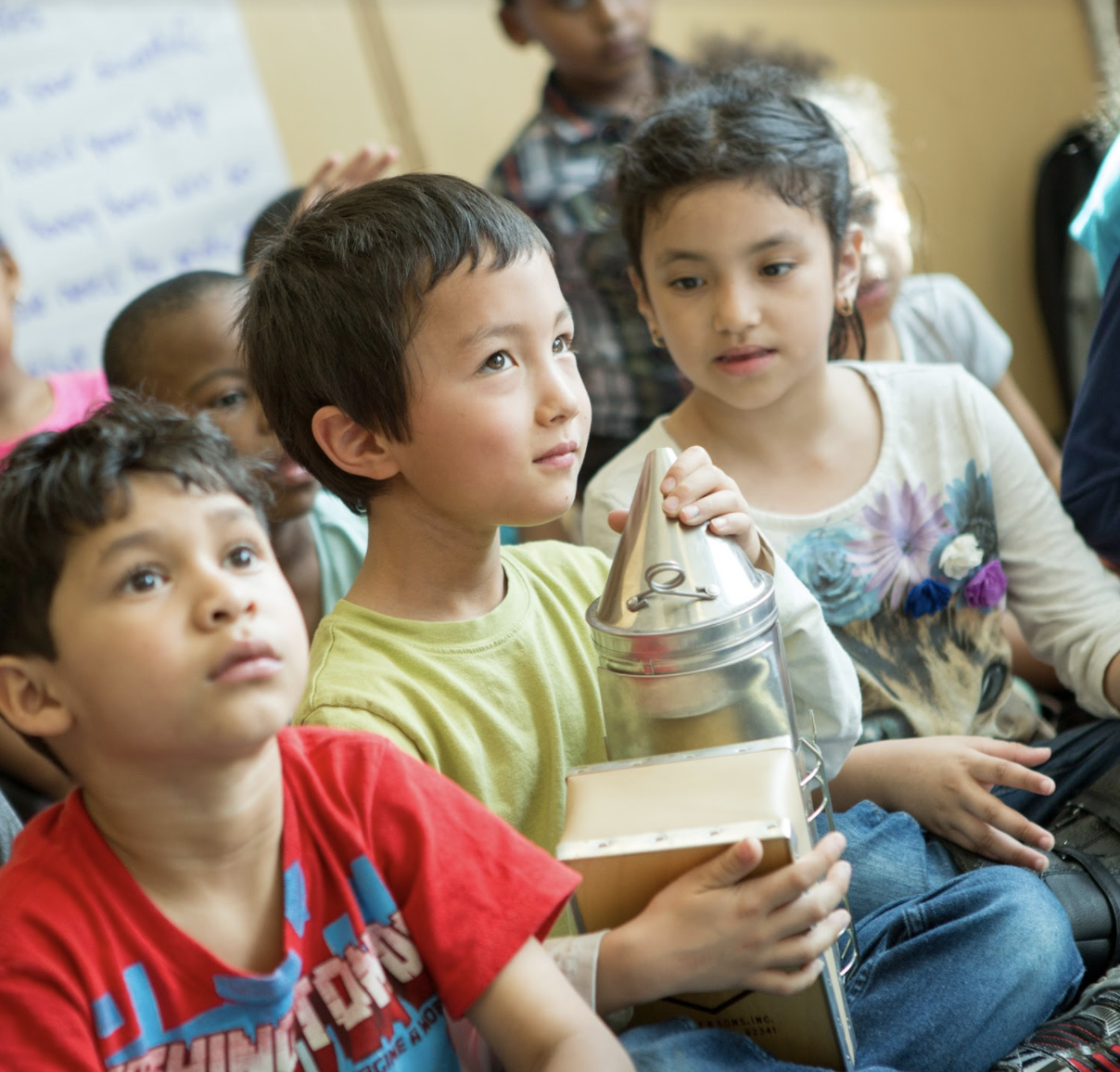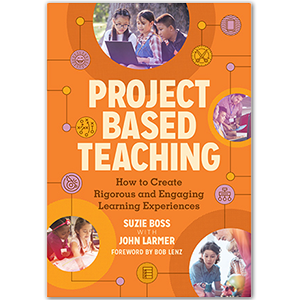
This is an excerpt from the book Project Based Teaching by Suzie Boss, with John Larmer (ASCD/Buck Institute 2018), chapter 1, on the Project Based Teaching Practice “Build the Culture.”
Protocols and routines are commonplace in education—and for good reason. Familiar procedures increase efficiency and improve classroom management, preserving time and attention for the business of learning. Through repetition, routines become automatic, requiring little instruction or oversight from the teacher (Lemov, 2015). For example, teachers often have routines for how students turn in homework or how they pass out materials.
Protocols are structured processes that encourage active listening and reflection while keeping a conversation focused on a specific topic or problem. Used effectively, protocols ensure that all voices in a group are heard and valued (Mattoon, 2015). That makes them useful for building a collaborative culture.
In PBL, it’s important to adopt routines that reinforce the culture of student-centered learning. If you don’t want the teacher to be the class expert in all things, then encourage students to turn to one another as information sources with the routine
“Ask three before me.”
When students are new to PBL, they may question why school “feels different.” That’s a fair question that goes to the heart of classroom culture, and it deserves a thoughtful response. One PBL veteran makes a point of helping each new class of 4th graders unlearn routines that emphasize compliance and passivity (e.g., raising hands and sitting quietly until called upon). He encourages a more conversational classroom where students talk and learn together as they engage in projects. That doesn’t mean he invites chaos. With simple hand signals, he helps students recognize when they need to moderate the noise level or transition from teamwork to a whole-class activity.

Like routines, protocols matter in PBL. By using protocols such as gallery walks to focus their feedback, students learn how to give and receive criticism and how to use feedback to make their own work better in subsequent drafts.
In addition to gallery walks, PBL veterans leverage a variety of protocols and routines that build and reinforce a positive classroom culture. Try your hand at these ideas (many of which you will hear more about in coming chapters).
Morning meetings
These are regularly scheduled, low-risk opportunities to check in with students at the start of class. Morning meetings (sometimes called circles) are helpful for building community, strengthening relationships, amplifying student voice, and sup- porting students’ social and emotional learning. (Learn more about structures for morning meetings from Responsive Classroom.)
Thinking routines
Thinking routines, such as “think, pair, share” or “see, think, wonder,” develop habits of mind important in PBL, such as curiosity, along with content understanding. (Find more examples at Harvard’s Project Zero.)
Fishbowl
A fishbowl is a discussion protocol that can be used for modeling, discussions, or peer feedback. A small group inside the fishbowl actively participates while a larger group listens and observes from an outer circle. Students can then swap positions so that everyone eventually has a role as both participant and observer. (Learn more from Facing History and Ourselves.)
Closers
End-of-class routines provide opportunities to bring everyone together to focus on the accomplishments and challenges of the day and reinforce shared norms. During projects, students are often working on different learning activities or with small teams for most of class. Closing routines bring everyone back together, even if briefly, to reconnect as a learning community and anticipate what will happen next in the project. Teacher Erin Brandvold closes each class period by saying, “You’re brilliant. Hardworking. Perseverant.”
Reflections
Reflection prompts and protocols invite students to think about their own learning. When used consistently, reflection becomes a habit of mind. Not surprisingly, reflection is an essential element of Gold Standard PBL.
Celebrations
Celebrations of learning shouldn’t wait until the end of projects. High-fives, shout-outs, fist bumps, and other simple routines celebrate the small but important accomplishments that unfold along the way.
When introducing protocols that are new to students, take time to explain their purpose. For example, a gallery walk gives students a chance to see other students’ works-in-progress and offer constructive feedback to inform the next draft. Consider using a role-play or fishbowl to model how a protocol works. Introduce sentence stems to keep the protocol focused. Encourage students to compare and contrast effective responses with responses that are not so helpful.
To emphasize the authenticity of PBL, help students see that the skills they are developing through the use of protocols—such as being able to give and receive critical feedback or understand others’ perspectives—are important not only in school but also in contexts out- side the classroom.
Want to learn more about PBL? Check out our books.

